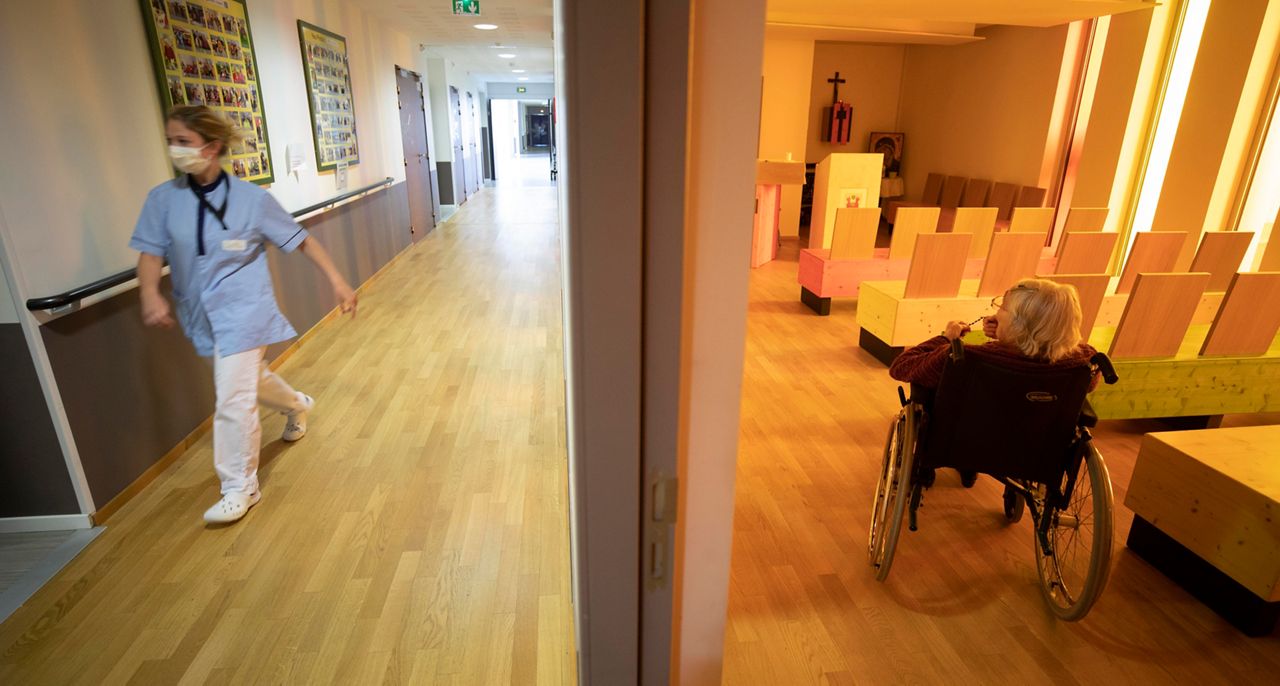Last spring, the coronavirus pandemic tore through nursing homes in New York, leading to the deaths of thousands of residents and controversy over what, exactly, went wrong for congregate care facilities.
Now as COVID-19 cases rise again in the cold weather months, lawmakers are hopeful nursing homes are better prepared.
Assemblyman Ron Kim, a Queens Democrat who has been critical of the state's handling of nursing homes during the pandemic, pointed to an immunity provision for the facilities being curtailed.
"I think we're in a better position than the first wave because we know how to be more preventative," he said, "and secondly nursing homes no longer have a corporate immunity pass they were granted during the first wave."
State health officials have argued asymptomatic spread of the virus in March by staff and visitors contributed to and were the primary cause of the death toll in New York.
But critics, both Republicans and Democrats alike, have pointed to a March 25 order that barred nursing homes from turning away COVID-19-positive patients discharged from hospitals.
Kim does not expect a version of that order, since amended, to return in the resurgence of COVID cases.
"That March 25 order we will never see again," Kim said. "Whether they admit that's a mistake or not, we know we are not going to repeat that."
Republican Sen. Jim Tedisco, however, says more information is needed from state officials -- nursing home and long-term care facility data that could provide a better window into stopping the spread of the virus.
"What's at stake are the lives of the most vulnerable," he said. "I have to keep asking what's the plan? What's the plan for the lives of the most vulnerable who have to leave the hospital, but have no place to go."
The state Department of Health in "cluster" zone areas of the state that have seen increased COVID-19 cases to limit visitation to all but a handful of situations, such as compassionate care.
At the same time, some lawmakers have called for nursing homes to have a pandemic preparedness plan in order to handle the next public health crisis.



